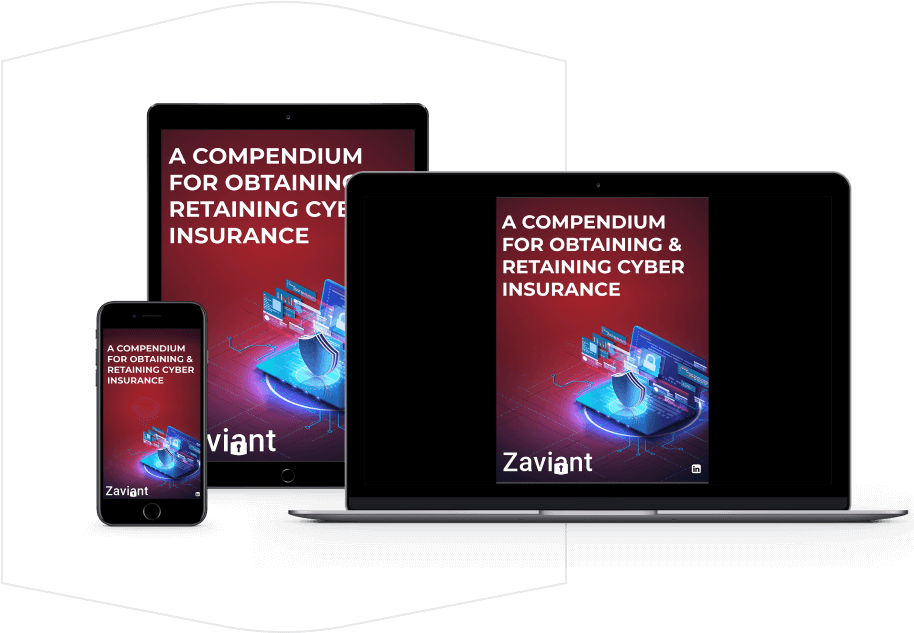Philadelphia resident and Athlone-born man Will Sweeney recently won the Philadelphia Business Journal’s 40 Under 40 Award for his achievements in the data security and privacy industry.
Downloadable Resources
Spread the word
featured resource
It goes without saying, robust cybersecurity and data privacy measures are a necessity for doing business in this day and […]
...





